Deep Water Bass in Late Summer and Early Fall
Part 2 of this 3 part series: Big deep water bass. In our last blog we discussed why big late summer and early fall bass are so difficult to catch, but offered proven strategies to catch them in surprisingly shallow water. Big fish lay claim to the best spots on a fishery, and those places offer comfort from constant ultraviolet rays.
Shallow bass can be tricked with lures placed on their noses to trigger a reaction bite, but big bass also lurk the depths. Deep water minimizes the potency of ultraviolet rays too. But because offshore bass are routinely eating various baitfish, a different collection of lures is necessary to consistently catch them.
Lures to Catch Big Deep Water Bass in Late Summer and Early Fall
Deep water largemouth and smallmouth bass have more similarities in their behavior than the shallow versions; thus, the following list of lures are proven winners for both species. Like packs of wolves, bass roam in schools and are willing to chase prey for miles during the early fall, but the biggest of them use the best structure to ambush the same way as largemouth.
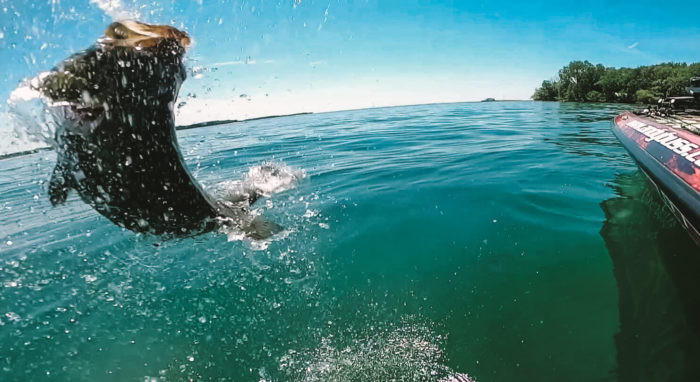
Finding Deep Water Bass
Admittedly, finding a school of bass in deep water is a lot like finding a needle in a haystack. Big points, shoals, and humps are great places to begin the search. These can be found in advance by studying a paper map, but this structure is normally just used as a reference point for fish. Random structure like isolated logs, brush piles, and rocks around these spots are going to hold the biggest bass. Fish may come up top to feed at dawn and dusk, but during the day they are often in deeper water on these structures.
This is when a depth finder proves invaluable. Idling in a zigzag motion around this structure with the sonar and sidescan modes displayed will show if fish are in the area. Before making any casts, look for the presence of fish. If baitfish are prevalent, bass are close by; however, they may be several hundred feet from the hump or point, so there is no such thing as “too far away.”
Lures for Deep Water Bass
This is not normally the time for shallow running crankbaits; it’s time to throw bombs that will reach the bottom. Many models will reach depths of 15+ feet deep, such as the Strike King 5, 6, and 8XDs or Rapala DT14 or 16.
Once identifying structure with sonar, cast the crankbait well beyond it. It takes time for this bait to reach its maximum depth, and it is most effective to bump it off the structure. If the structure is rock, the crankbait will grind and send a vibration through the rod. Keep a steady retrieve. If it is wood or brush piles, stop retrieving for 2 seconds once coming into contact. This will allow the treble hooks to float above the structure to avoid snagging, get the attention of the fish, and the renewed retrieve will coax a reaction bite.
No bait on the market mimics a school of baitfish better than the “chandelier.” It will especially excel over the crankbait when bass are not on the bottom, as it can be retrieved at any depth – speed of retrieve determines depth. But it is an excellent alternative to bottom dwelling fish as well.
Bass sitting on the bottom are typically the most aggressive, those suspended are the most inactive. However, an umbrella rig tantalizingly swept through suspended bass can garner strikes. The best retrieve is the slowest possible to keep it in front of the fish. When possible, always match swimbaits, such as a Lochness Lures Nessie, to the dominant forage. Often the most abundant bait is that year’s hatch, thus making smaller baits a better option.
This rig can is a favorite among smallmouth enthusiasts, but largemouth gobble them as well. A plethora of baits exist for every situation. Knowing the fishery will help determine which baits to select. For example, Great Lakes smallmouth spend much of their lives eating gobies, while other fisheries offer a variety of bait fish, crawdads, or shad. Choose a bait that best mimics.
On occasion, fish may bite the bait as it descends, but generally speaking, all of the action happens on the bottom. This makes keeping it on the bottom imperative. Heavier weights not only allow longer casts, but also increases the sensitivity to detect strikes. Tungsten weights also increase sensitivity.
Perhaps the best aspect of the drop shot is the ability to keep it in the strike zone indefinitely. Once on the bottom, an angler can shake it in place by the structure as long as desired. This also works when spotting a fish on the sonar below the boat.
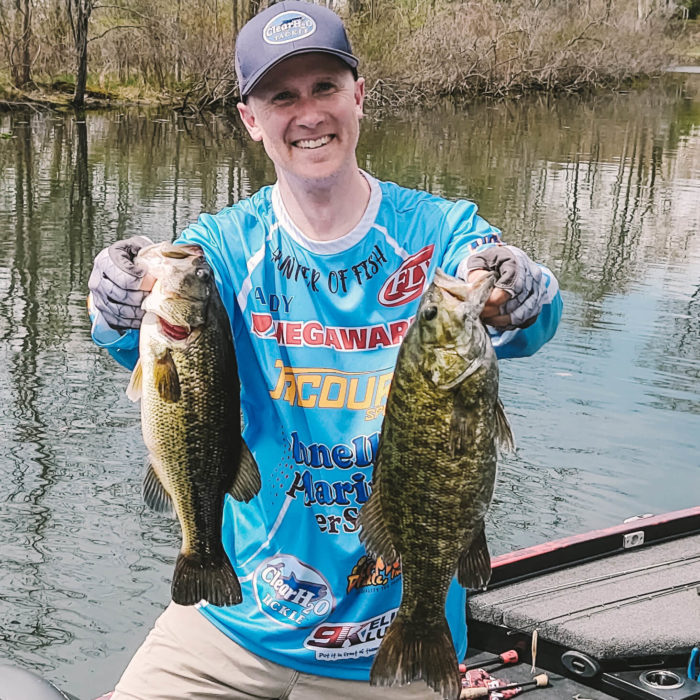
Take a Plunge into the Deep for Big Bass
In many parts of the country, the tough early fall bite will last for another month, but this does not mean big bass can’t be caught. If the shallows fail to produce, take a plunge into the deep. Come prepared with a variety of weaponry and keep the net handy.
Stay tuned for part 3 of this “How to Catch Big Bass in Late Summer and Early Fall” series!

Andrew Buss
Andrew Buss resides with his family in the great state of Indiana. When he’s not fishing, creating YouTube videos or running the R&B Bass Circuit, he poses as a school teacher. If you’d like to see more from the #hunteroffish check out his social media channels.
DID YOU ALSO SEE?
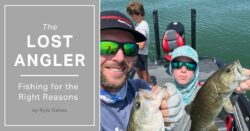
Fishing For The Right Reasons

Fishing as a Co-Angler: Benefits, Challenges, and Techniques
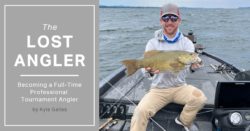

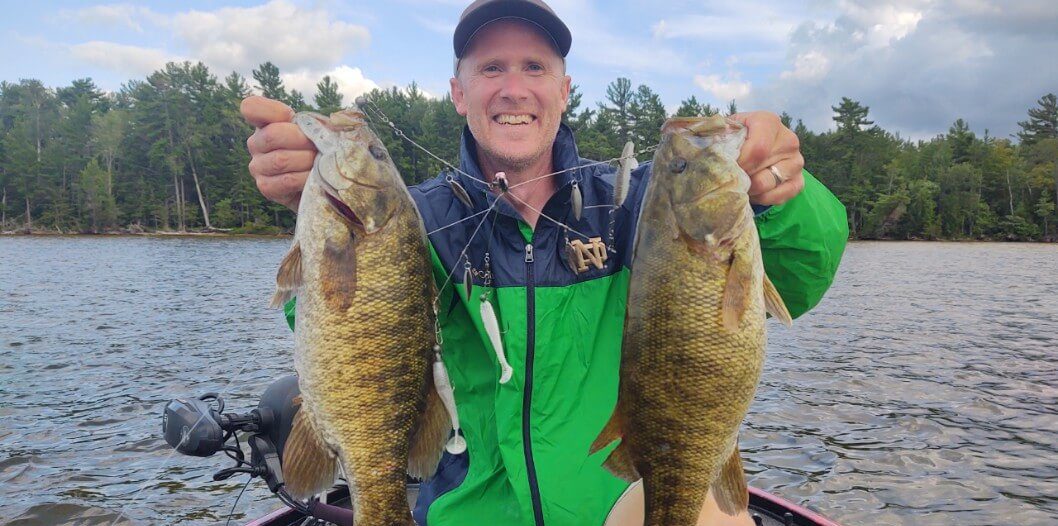
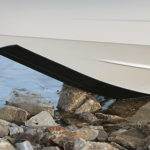

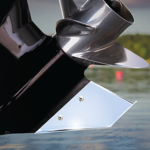

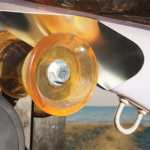
Comments